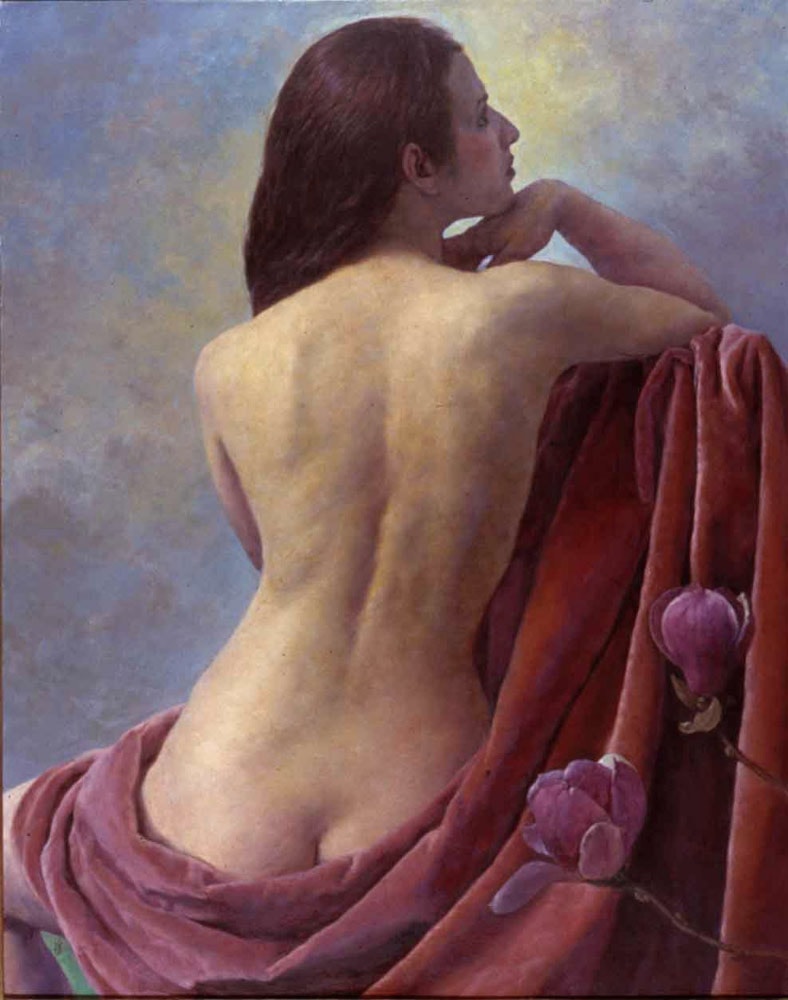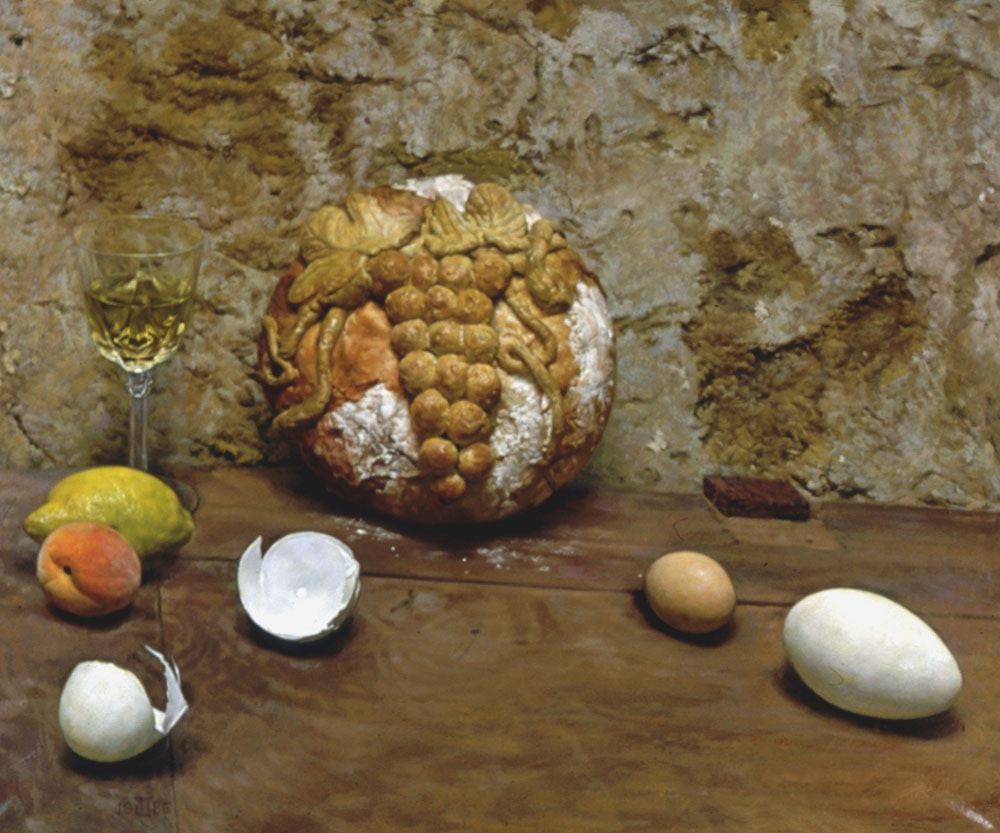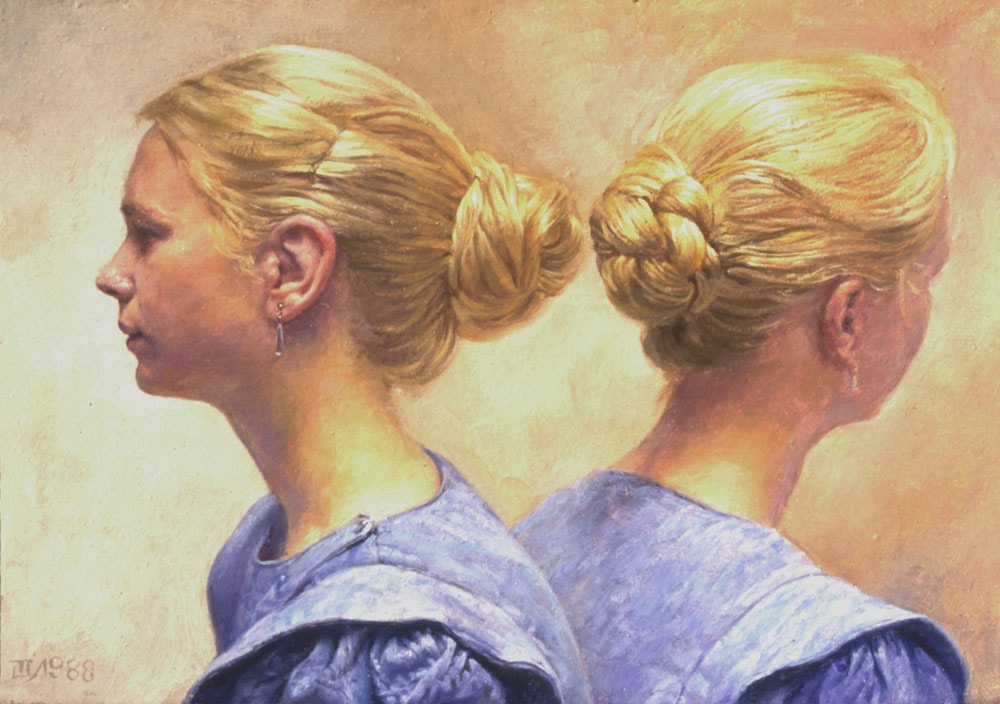Re: Discovering the Lost Techniques of the Masters

In response to the recent publication by David Hockney: Secret Knowledge, Rediscovering The Lost Techniques of the Old Masters.
The style I created, called Restructured Realism , is based upon understanding the interactions of light and forms, as they are ultimately perceived in the mind, as transmitted through the eyes. In order for the process of vision to occur, light and form are necessary.
Light is invisible until it reflects off form. Form is invisible until it is illuminated by light. My study is of the perception and understanding of the actions of light, and the structure of forms. An understanding of broad, general, essentially abstract, principles is necessary. These are, as one might say, embedded, or 'hidden' in the seen world. These general principles are then applied to rigorously specific instances, such as the color and intensity of the light emanating from a specific source in space, the appearance of the model from a specific distance from the eyes, tilted at a specific orientation to the eyes, in three-dimensional space, the specific seen shape of the object, as opposed to its physical, tactile shape, and so on.
Any visual field is made of an almost infinite variety of small elements. The more of these that can be suggested in paint, the better the usual field will be suggested. Any general appearance is made of a multitude of specifics. A wide variety of scales, or gradients, must be harmoniously orchestrated, such as, a scale from light to dark, of contrasts, chromatics, curvature to straightness, of variations in edges, and so on.
In order to achieve the maximum orchestration on the surface of the canvas of these gradients, what is put on the canvas must be compared tenaciously and with extreme sensitivity to what is seen by the eyes — every millimeter.
The artist uses a box full of art materials. The three most important materials are not in the box. They are, in descending order of importance, mind, eye and hand.
Absolutely no other mechanical measuring devices, external lenses, or photographic assistance, are ever needed in order to create a strikingly close suggestion of the seen world. NB: The painted world is never identical to the seen one. The first is made of paints on a canvas. The second is a living process in the consciousness. The closest correspondence between the two is a kind of visual codification. For the viewer of the art work, the decoding process probably requires a background cultural context.
These, in a nutshell, are the 'secrets' of a working artist. Attached are a few examples of work produced through these concepts and accomplished strictly from unaided visual observation.
I would be interested to know your opinions!





